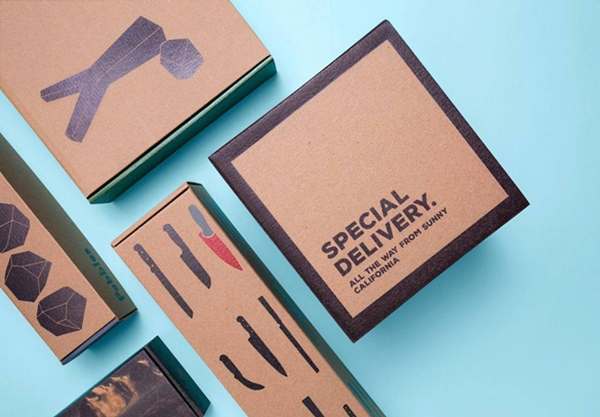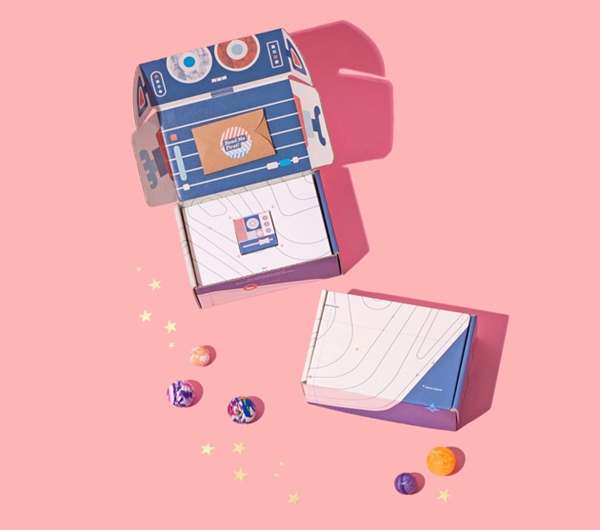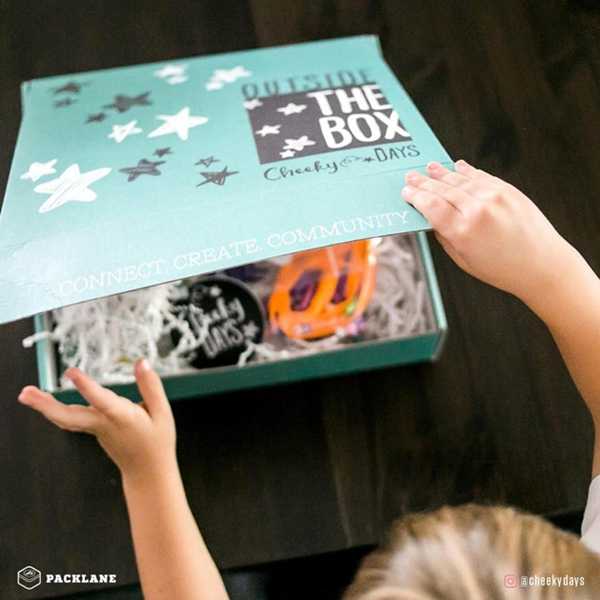When was the last time you shopped in a physical store? Struggling to remember? It's not surprising, considering that an increasing number of consumers are opting to shop online instead of heading to the high street. With e-commerce growing 23% year over year, more businesses are focusing their efforts online, and many are duly reaping the rewards.
Content marketing is also on the rise, accompanying the growth of e-commerce. More cost-effective than traditional marketing methods, content marketing is uniquely suited to online businesses. Brands that create custom content have the power to establish a closer, more intimate relationship with their consumers, an invaluable stand-in for the traditional in-store model of face-to-face customer relations.
Effective content marketing is one of the most powerful marketing tools for online businesses; it has the capability to generate brand value and open up channels of communication with customers, as well as the potential to establish and sustain brand loyalty.
Many content marketers, however, focus their efforts solely on external communication channels, such as social media pages, video channels, and blogs. Yet, it would be a mistake to neglect other important touchpoints of the customer's interactions with the brand.
Although e-commerce is inherently virtual, customers interact with an e-commerce store in other ways that extend beyond the digital realm. Read on for three effective tactics for extending your content marketing reach right now.
1. Brand Messaging via Packaging
Many e-commerce businesses give priority to the functionality of shipping—how to ensure the product gets to the customer as efficiently as possible and intact. That is undeniably important, but often it means the aesthetics of packaging can be overlooked, or conceived hurriedly as an afterthought.
Keep in mind that packaging may well be the first and only physical point of contact you have with your customer. It's also presented to customers at a time when they are feeling most receptive to your brand: They've ordered a product, it's arrived at the door, and it's exciting!

Image via Packlane
Much more than practical protection for its contents, packaging is a content marketing platform in its own right.
Compare packaging's potential to that of a blog post, for example. The internet is vast, and a browser's attention might be diverted elsewhere. Receiving, looking at, and opening a box presents a longer window of time in which your brand messaging can be absorbed.
So what can you do to ensure your message gets across?
First-time customers will appreciate in-depth product introductions on packaging inserts. Packaging is also the perfect opportunity to communicate the benefits of a product. Explain why you made it, who made it, where the materials are sourced from, how to use it, and why it's so fantastic.
Involve the customer further by requesting feedback and making the instructions for doing so clear; this not only encourages complaints or constructive opinions to be shared with you privately—and not splashed across online review sites—but also proves invaluable for your own product development and crafting customer testimonials.
2. Engaging Emails
Automated emailing is one of the easiest ways to communicate with your customers, but a robotic-sounding message in your inbox can damage the relationship you've so carefully forged with your customer through their online shopping experience. Don't fret, there are simple, actionable steps you can take to ensure your automated note of thanks helps the customer feel truly appreciated.
Personalization in marketing is nothing new, but it comes into its own when you adopt a warm and human tone in automated emails. Liven up your language, speak to the customer directly with a cheerful, casual tone, and keep the design simple. Using signatures and team photos are neat ways of adding an extra, personal touch and putting a face to a name.
Customers also value transparency, so make it clear how they can get in touch with you and encourage that interaction.
An automated email following a transaction doesn't represent the end of an interaction; rather, consider it a step toward developing a longer-term connection with that customer. This sort of email isn't promotional in nature, and most customers will want to see proof of their purchase, so it's more likely to be opened than a promotional email. So hold a reader's attention with genuinely helpful content. Include a mini how-to article or link to an instructional video for relevant products.
Featuring Instagram shots of the product in use is also an absorbing way to pull readers over to your social media channels.
You can also use automated emails to build the value of your brand by including a company narrative that informs customers of activities the brand is connected to, such as charity work or industry events, or shares the latest industry research.
Including something silly and fun is also a good way of connecting with your customers on a more informal level. Fun surveys such as "what should we name the office dog?" can get people involved and offer an insight into the daily workings of your business.
3. Getting Influencers on Board
Swinging shopping bags from your arm might be more evocative of Clueless and Sex and the City than contemporary e-commerce, but such purchase-flaunting behavior isn't outdated—it's simply moved onto digital platforms.
"Unboxing" your latest buy is big news on Instagram—whether it's boomeranging shoe boxes or doodling hearts around postal delivery bags, consumers can't wait to share the thrill of opening their purchases.
The more impressive the unboxing experience, the more likely it will translate well to visual social media, and there are simple ways you can up the wow factor.

Image via Packlane
Look into trending packaging styles on social media: Are there certain colors, fonts, or box formats which make for compelling photos? Look at how influencers pose the packaging and products they promote: Could you imitate the style of the packaging pictured?
Luxurious and tactile touches to your packaging—such as metallic foiling, colorful UV coatings, or laser cutouts—also add an interactive dimension to your designs, which translates well to videos, snapchat, and boomerangs.
You can also focus on attracting social media influencers to your cause. "Macro-influencers," people with hundreds of thousands of followers, can hugely extend the reach of your brand, but don't neglect the impact of "micro-influencers," too; they have smaller reach, but hold just as much sway over the buying patterns of their social circles.
For fashion and lifestyle businesses, the impact of the influencer is particularly powerful, and getting an influence on board is a stealth way of attracting likeminded consumers to your brand.
Conclusion

Image via Outside the Box by Cheeky Days and Packlane
For content marketing, it pays to think outside the box (or, in the case of packaging, on the box!). Content in unexpected places can be a simple way to communicate your brand values, position yourself within a lifestyle market, and build rapport with your customers.
Whether you give your packaging a makeover, make your robotic emails more human, or make influencers a key part of your marketing strategy, you'll find that your content marketing becomes more diverse and much richer, helping to forge longer-lasting and more valuable relationships with your customers.



